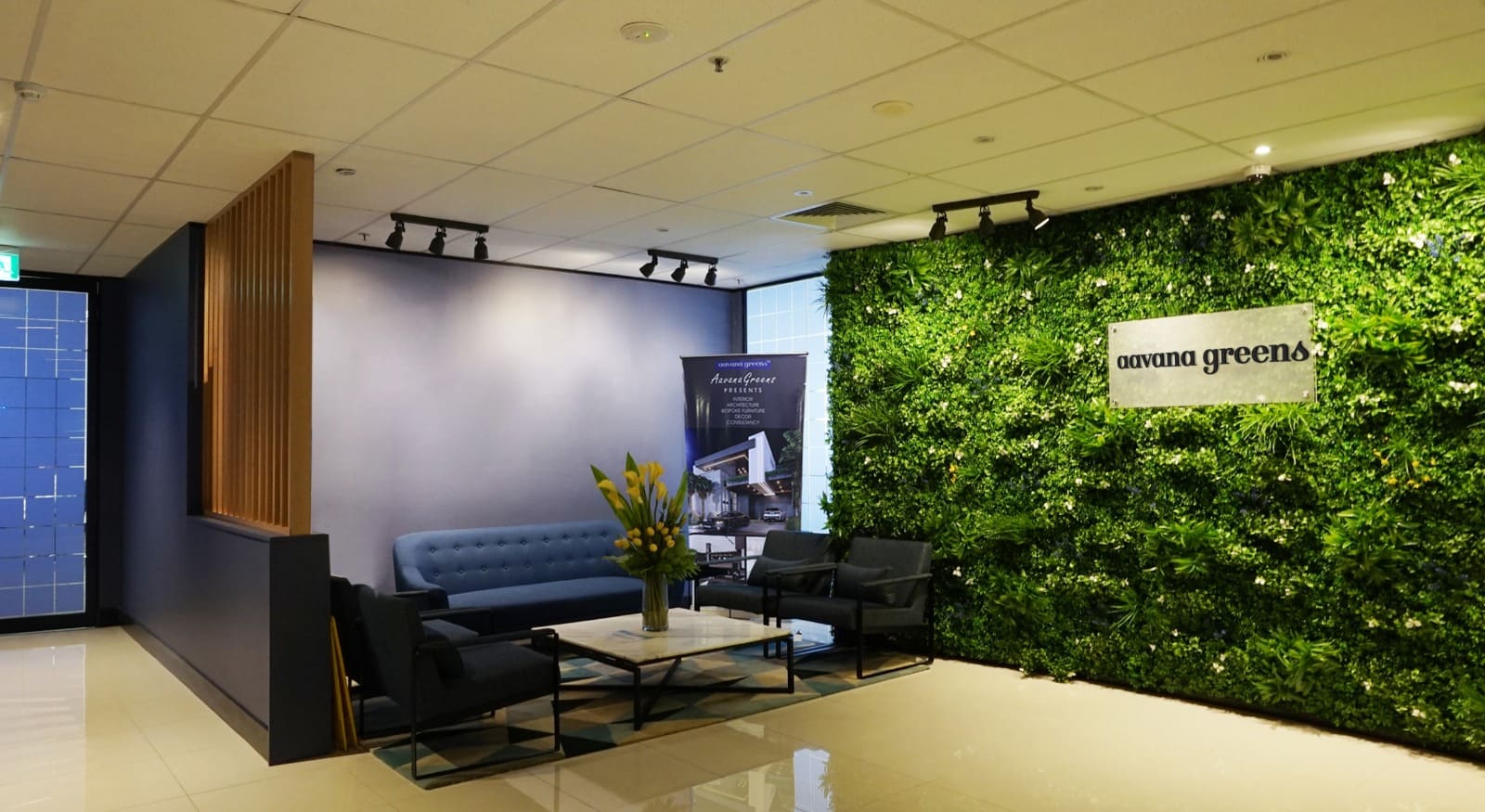You are here: Projects › The Ultimate Guide To Select The Best Artificial …
About
If you are considering purchasing artificial grass in Chennai but are confused about its specifications and which kind would best meet your purpose, this blog provides some key points that may help. Here are the characteristics of artificial Aavana Greens to keep in mind when selecting an option in terms of budget.

- Pile Height
The Pile Height measures the length of tufts from their primary backing surface to their tips; often measured in millimeters (mm). For accurate measurement, pile tufts must be extended gently but not stretched for accurate readings.
Ultimately, your ideal pile height depends on personal preferences as well as usage; 25-30mm would work great for freshly cut grass-like effects while 30-38mm works better when creating natural-looking lawns - anything beyond this is likely to cause fibers to lay flat under their own weight rather than standing upright upright like we discussed previously. Now let us learn about some types of pile height!
- Short
Going shorter than 30mm won't produce an ideal aesthetic; however, this can be an ideal option for pet owners with canines who enjoy running freely in their yards. A shorter pile is easier on their paws yet still durable enough to support their activity levels and also makes an ideal place to set up an at-home putting green for practice putt(golf hit).

- Medium
Most Artificial Grass Gurgaon should range between 30mm and 37mm in height, providing enough height for its pile to create an authentic natural look while remaining light enough that it stands upright without becoming matted over time. When buying multi-use backyard artificial grass, anything between this range would be considered a safe purchase.
- Long
Artificial grass with a pile height greater than 37mm can become heavy and appear very flat. While most people associate an ideal lawn with longer piles, ones too long will appear very unnatural and too heavy will collapse onto itself and look unattractive. As more weight is added onto each blade of artificial grass it may eventually become too much to sustain an upright standing posture and it will lay flat against the ground instead.
- Dtex
Dtex stands for Decitex; this unit measures the quantity of grass fiber. One Dtex equals grams per 10,000 meters of yarn spun with it; its usage has been accepted internationally within the industry of man-made fibers.
Dtex is an essential factor when choosing synthetic grass and is especially crucial when considering sports turf applications. Dtex determines its face weight and will ensure your chosen product can stand up to any level of use you expect it to endure. As face weight rises with increased material usage and Artificial Grass Price Gurgaon, so too does Dtex impact its price and face weight requirements.
Artificial Grass Bengaluru with high Dtex values offers excellent sports performance for football or rugby games and regular club training fields, making an investment that makes good financial sense. Dtex in artificial grass can be broken down into 6600Dtex, 8800gtx, 9700Dtex 12000Dtex 15000Dtex. On average a football field typically requires over 8,800 Dtex.
- Pile Density
Alberto Frias of Unsplash provided this image showing Pile Density (sometimes referred to as stitch count or blade density). A higher stitch density indicates higher-quality turf which will be more durable and provide a more realistic artificial grass lawn experience.
- Face Weight
Face weight refers to how much Artificial Grass Carpet Price per Square Foot yard makes up an artificial grass type; this figure does not account for its backing material weight. In general, heavier face weight indicates higher quality and durability in an artificial grass product.
- Guage
Wrought Artificial Grass in Bihar has several stitched lines sewn together, known as gauge. This distance - measured in inches - affects its overall look and feel, and commonly include 5/32",5/16"3/16", 3/8"", 3/4 "". etc
- Stitch Rate
Stitch rate refers to the number of stitches produced every 10 cm along a stitch line direction, independent of machine gauge; higher stitch rates result in denser grass coverage.
- Thatch
Thatch is an additional fiber with varied color, weight and texture that recreates the random appearance of natural grass. Often included are brown fibers that resemble drying underlayer grass beneath vibrant green, growing grass; products containing thatch offer the closest resemblance of an authentic lawn environment.
- Return to Backing
Image by BSR Agency via Getty Images A backing keeps turf together while allowing sufficient airflow through it and making transport and installation of layers easy. It consists of two parts - primary backing and secondary backing. These work in concert to provide dimensional stability to the entire system as a whole as well as create its weight; high-quality turf products may have back weights above 740 grams; this weight must be considered when placing heavy traffic areas.